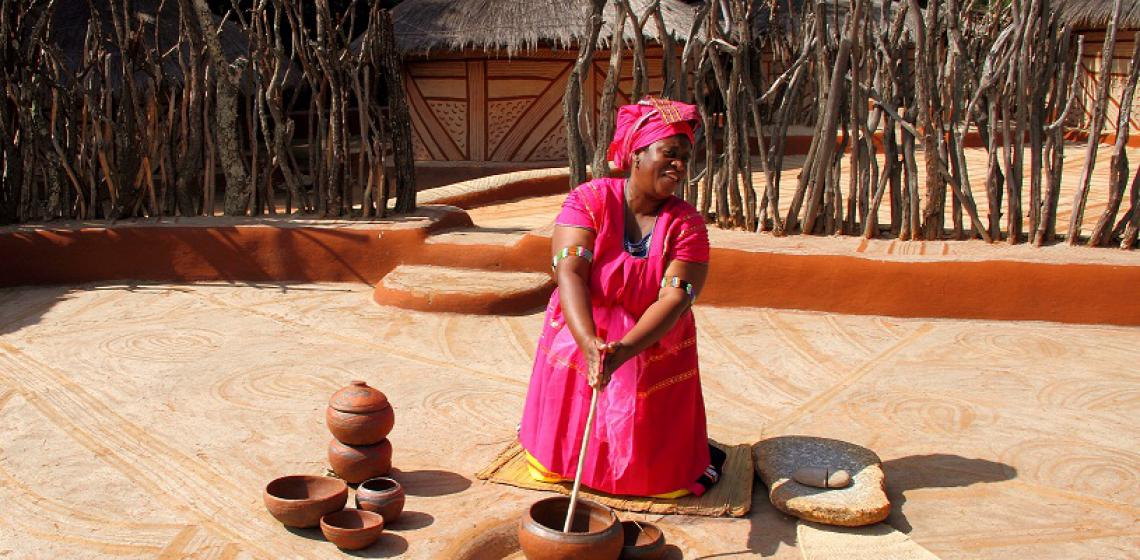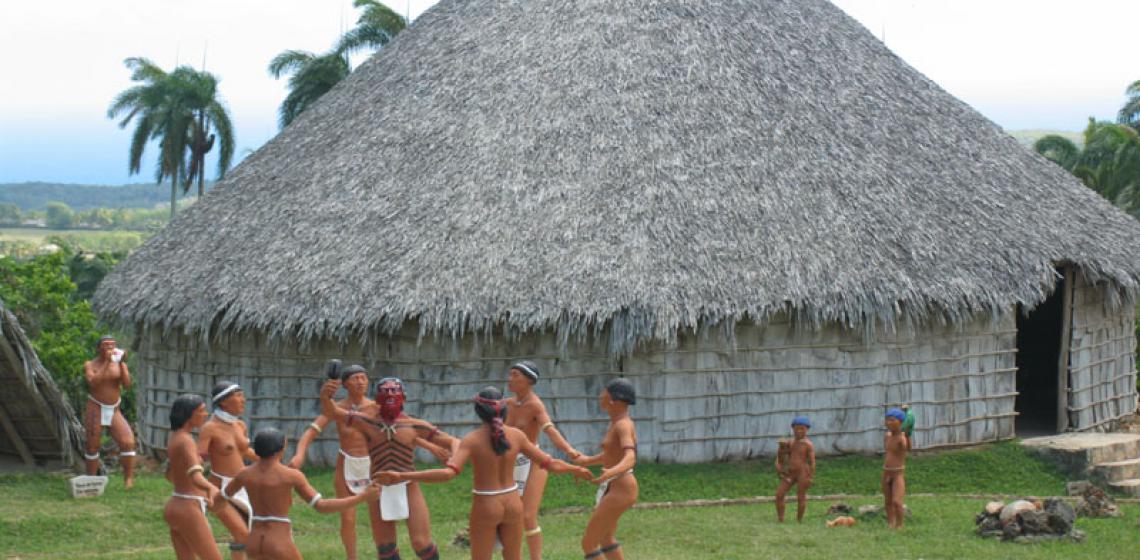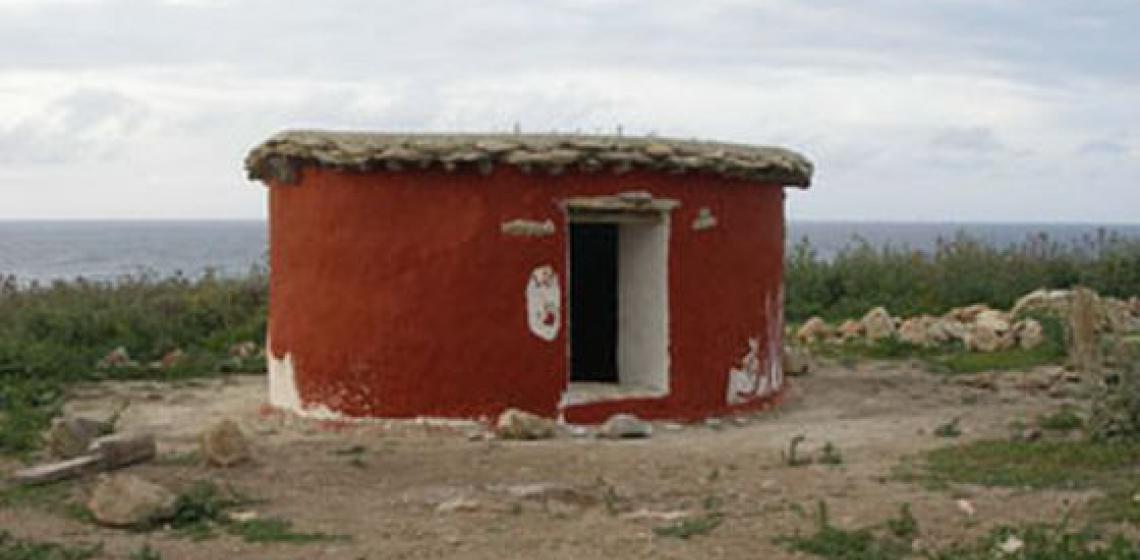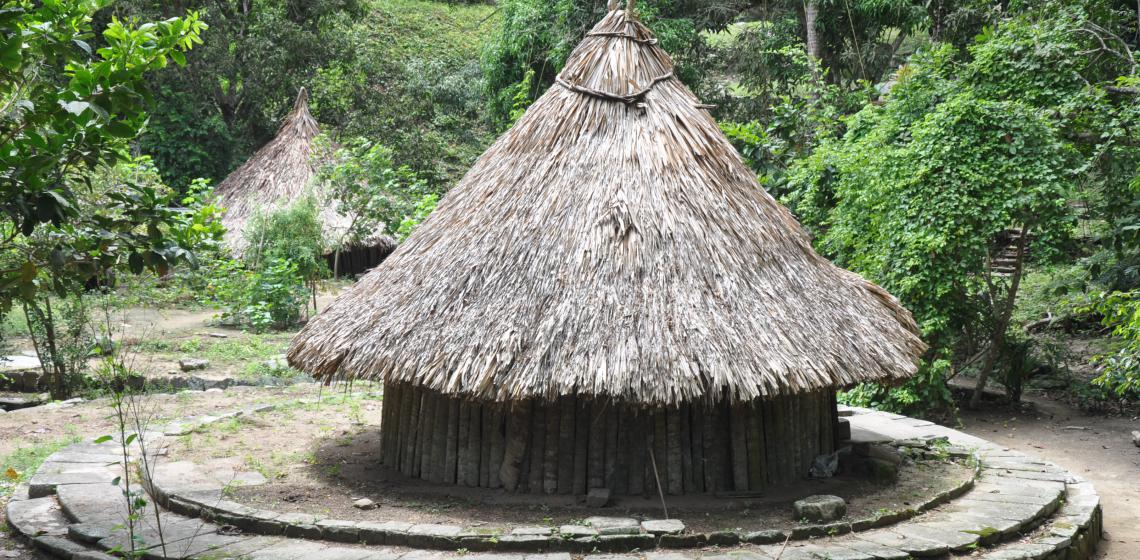The Parque Nacional Natural Tayrona is situated in the Colombian northern Caribbean region 34 km from Santa Marta. After walking for at least an hour, climbing large rocks and bypassing some natural traps that the passage of time has left on the trail, you come to this small archaeological town called Pueblito.
Pueblito is an ancient indigenous settlement of the Chairama with both ruins and reconstructions of dwellings, canals, stairs, bridges, terraces, dry walls and drainage systems. Archaeologists estimate that this town was developed in an area of about four square kilometres. In the central part there are about 400 houses, and for all its extension are calculated more than a thousand, which could house about 4,000 inhabitants.










